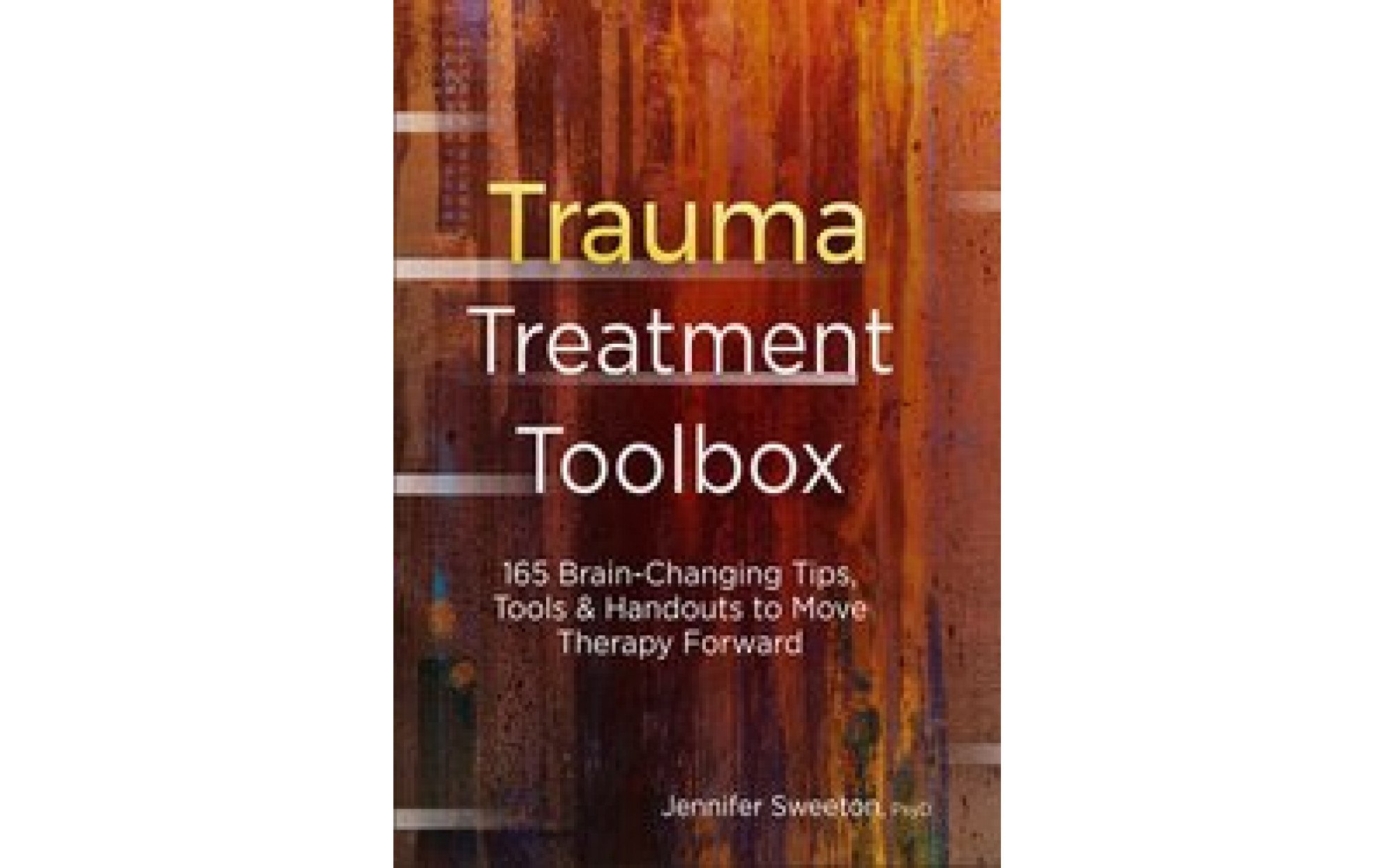
Stabbings often do less damage than gunshot wounds since the former has larger energy output. When it comes to child abuse-related deaths, abdominal injuries are second only to traumatic brain injuries as the major cause. The spleen and the kidneys are only two of the abdominal organs that might be damaged by a sports injury.Ībdominal injuries are common in youngsters, and they often occur as a result of falls or sports. While seat belts help prevent more serious injuries like those to the head and chest, they pose a risk to internal organs like the pancreas and intestines that might be pushed against the spine.Ĭhildren are more likely to get abdominal injuries from seat belts because their abdominal areas are softer, and because seat belts were not developed with children in mind.īicycle accidents are another frequent source of abdominal trauma in youngsters, particularly when the stomach is hit by the handlebars. Illustration of Abdominal Trauma Causes Of Abdominal TraumaĬar accidents are a leading cause of abdominal trauma.

In addition to an evaluation, investigations like a CT scan or Focused Assessment of Sonography in Trauma (FAST) may detect the existence of injuries. The primary goals of first aid are to identify the presence of damage and establish whether or not immediate medical attention is required. One of the leading causes of preventable mortality in trauma patients is injuries to the abdomen that go unnoticed. While blunt trauma is less likely to result in immediate death, it is more likely to cause multiple organ failures, as well as airway, respiratory, circulatory, neurological, and musculoskeletal impairments, and persistent physical and cognitive abnormalities among survivors. In Australia, over 90% of all serious trauma is the result of blunt abdominal trauma mechanisms such MVCs, falls, and violent blows. The most important first aid measures for this kind of injury are usually securing the airway and stopping bleeding.

While most penetrating wounds heal on their own, they may cause serious internal bleeding and damage to nearby organs and blood vessels. Knowing the different kinds of injuries may help with the organization and management of trauma care. Any patient who has had more than one trauma should be treated with a high index of suspicion, especially if the mechanism of damage suggests a serious abdominal injury.

Twenty-two percent of serious trauma victims have abdominal trauma, which may be very challenging to detect and treat.


 0 kommentar(er)
0 kommentar(er)
